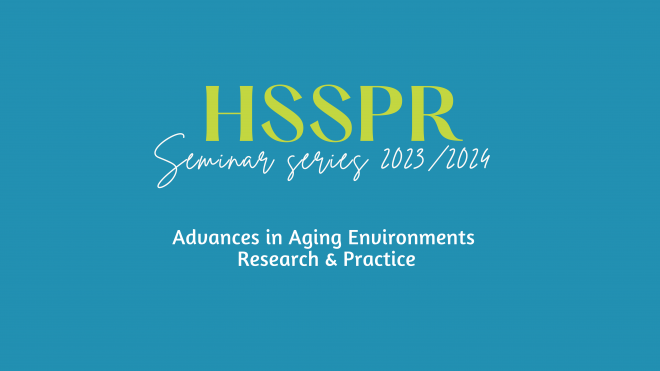
Abstract: According to the American Health Care Association (2023), approximately 77% of nursing homes are facing moderate to high levels of staffing shortages and 95% of nursing homes are experiencing difficulty hiring staff. Similar to the nursing workforce, more now than ever before, providing care for their patients is at the expense of healthcare workers’ wellbeing. In a recent systematic review and meta-analysis, Galanis, et al (2021) found that the overall prevalence of nurse’s emotional exhaustion was 34.1%, of depersonalization was 12.6% and of lack of personal accomplishment was 15.2%. Along with psychosocial issues, the main risk factors that increased healthcare worker’s burnout were longer working time in quarantine areas, working in a high-risk environment, working with inadequate and insufficient material resources, along with other work-related issues, such as staffing. Many of the factors discussed were environmental in nature as many staff are tackling a pandemic in decompensating aging healthcare facilities. No where is truer than in long-term care environments. The purpose of this presentation is to share the research available on aspects of the built environment that impact healthcare workers’ wellbeing that stress the return on investment for these features.
Speaker: Terri Zborowsky, PhD | Evidence-based design researcher at HGA
References:
American Health Care Association (AHCA). (2023). American Health Care Association Survey of 425 Nursing Home Providers. https://
Galanis, P., Vraka, I., Fragkou, D., Bilali, A., & Kaitelidou, D. (2021). Nurses’ burnout and associated risk factors during the COVID-19 pandemic: A systematic review and meta-analysis. Journal of advanced nursing, 77(8), 3286–3302. https://doi.org/10.1111/jan.14839
Related Events

Sign up for IHPME Connect.
Keep up to date with IHPME’s News & Research, Events & Program, Recognition, e-newsletter.
Subscribe to Connect Newsletter
Get in Contact
Communications
Marielle Boutin
Email Address: ihpme.communications@utoronto.ca


